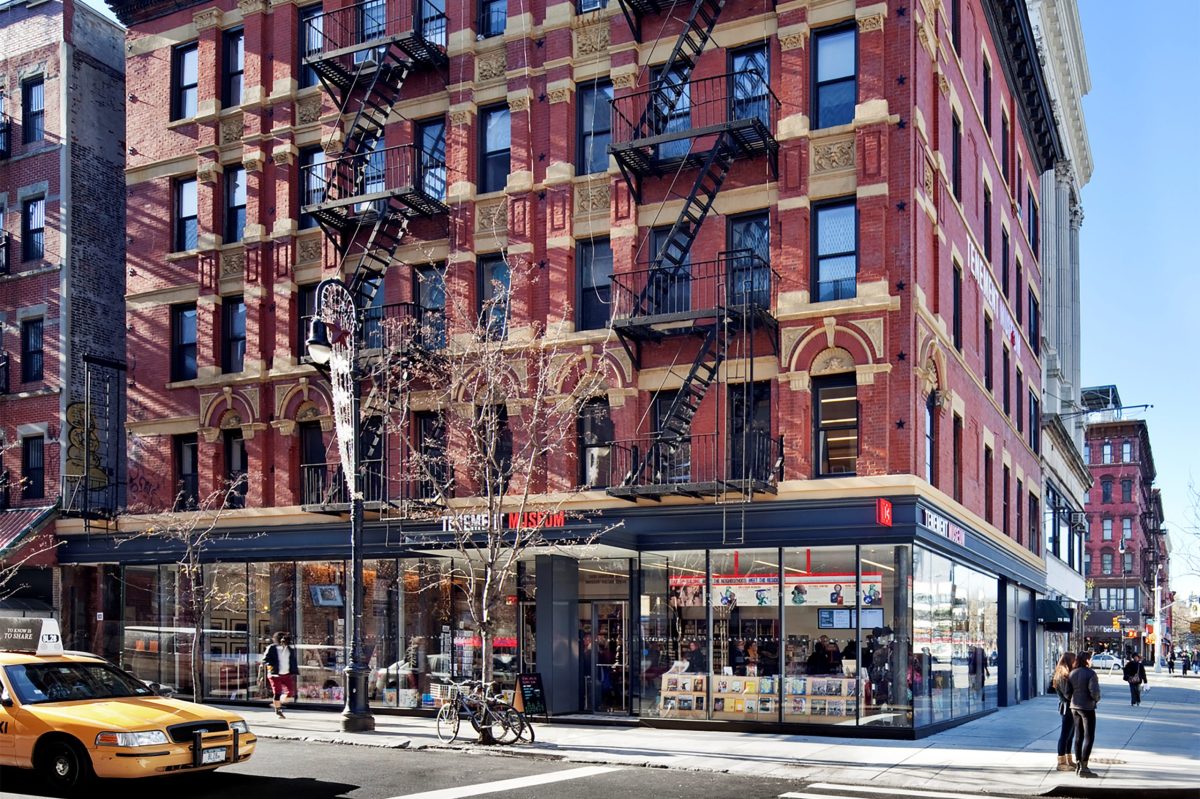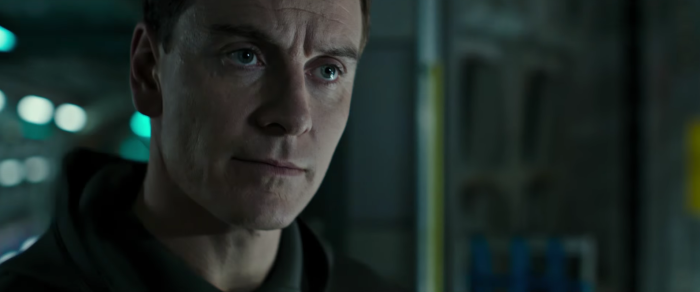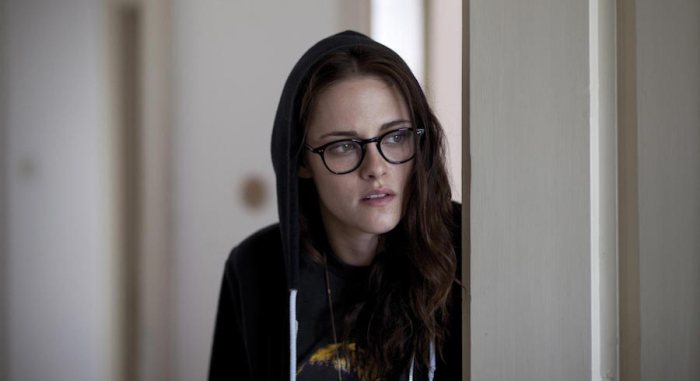I remember my epic journey to watch Jacques Rivette’s “Out 1.” It was 2006 and the film had been near-impossible to see since its debut, in 1971. The print being shown, at Queen’s Museum of the Moving Image, didn’t even have English subtitles, so a fleet of poor kids from the French consulate had to load “soft-titles” manually, line by line, projected onto the bottom of the image. Sometimes they screwed up. RELATED:Review: “In the Shadow of Women” is a good gateway into the films of Philippe Garrel The famously tetchy New York rep audience never complained. After all, “Out 1” runs some 13 ½ hours. It took two days to show, and I couldn’t find overnight lodging, so that meant I had to take the train, 2 ½ hours each way, from Philadelphia, two nights in a row, all to sit and watch scenes that sometimes seemed to go on forever. During certain stretches, usually scenes of bohemian actors rehearsing and moaning and touching feet to faces for tens of minutes on end, I thought I was losing my mind. I loved that I was losing my mind. Jacques Rivette, who died today at 87 and reportedly spent years battling Alzheimer’s, made you suffer for your art. Not always. There were more compact works, including his last film, 2009’s “Around a Small Mountain,” which only ran 84 minutes yet still seemed to cram all of his obsessions into what would become his elegant, combative, funny swan song. But most deal with duration as a form of rebellion — against mainstream audiences, against even the sturdiest attention spans, against mortality itself. RELATED: Don’t be afraid of Jacques Rivette’s “Out 1,” the 13-hour French film That’s to say many of them are really long. The average is around two-and-a-half hours, and there’s 1973’s “Celine and Julie Go Boating,” perhaps his most famous work, which runs three-and-a-half. Or there’s 1969’s “L’Amour Four” and 1991’s “La Belle Noiseuse,” both around four. Time evaporates, in scenes and shots that often go on forever. But there’s more to the super-length than that. He wasn’t Andy Warhol. Starting with his first film, 1961’s “Paris Belongs to Us,” he played with narrative itself, and the way it can slowly form out of the messiness of life. After all, life has no narrative, beyond a beginning and an end, and whatever structures are imposed upon us by biology (aging, puberty, decaying bodies) and society (go to school, get a job, pair off, procreate, wither). Rivettte’s films, more than those of any other filmmaker, understand that. And so its stories tend to form gradually — sometimes very, very gradually. “Out 1” is the most extreme version of this: It takes some four hours for a narrative to begin at all, emerging out of the detritus of dueling acting troupes and miscellaneous characters, who begin converging over a possible mass conspiracy. Over 13 ½ hours (and however many days it takes to watch it), you see a story come together then fall just as slowly apart. It simulates the way ideals — and Rivette was no doubt thinking of the righteous civil unrest of May 1968 — can slowly dissipate over time, crumble into nothing. RELATED: “Aferim!” is a stark and funny reminder that humanity is always messed-up “Celine and Julie Go Boating” is more playful and, you could say, whimsical, which is why it remains ever popular. It’s still a super-slow burn, too, trailing two women (Juliet Berto and Dominique Labourier) who eventually find themselves transported into an alternate dimension, where the same Henry James tale plays on an infinite loop. If that sounds confusing, it makes sense while it unspools in front of you. It’s a movie that trains you how to watch it as it goes on, then is difficult to shake when it finally ends. It’s the most extreme form of movies as escapism. Rivette’s films are difficult and sometimes even austere, but they could be funny. Both “Out 1” and “Celine and Julie” have great long con jokes — gags that pay off only after hours of watching. (The latter has the funniest explanation of the cryptic title perhaps ever, coming long after you may have forgotten about the “Go Boating” part. Be patient!) RELATED: 16 indies to see before the blockbuster season These films tend to dominate discussion of Rivette, which may be odd considering their length and their difficulty to find. (“Out 1” was revived once more just a few months ago, and is due for Criterion home video. Though it’s really a movie for a theater, i.e., where you can’t leave. “Celine and Julie” is not available stateside.) But understanding Rivette requires delving into his lesser-knowns, which are often as great as his most cherished. “Duelle,” from 1975, is even more mysterious than “Celine and Julie,” and also visually ravishing. “La Belle Noiseuse,” from 1991, is another slow-burner, spending four hours watching Michel Piccoli paint his model (Emmanuelle Beart), watching the artistic process as it happens in near-real time. His last run of films, most notably 2001’s “Va Savoir” and 2007’s “The Duchess of Langeais,” are more precise and exacting than he’d perhaps ever been — as though he was really committing himself to do more than burn film for its own sake. Rivette made a shorter cut of “Noiseuse” that runs only two hours. He did the same with “Out 1,” with a version that “only” lasts four. Both are completely reimagined works. He was never done, and he was always finding new ways to create stories about the act of storytelling, — about how we force narratives out of chaos in order to make sense of an existence that can often be meaningless. He leaves behind a body of work that speaks eloquently and passionately about why we make art in the first place. Hulu subscribers can stream “Paris Belongs to Us” and his 1956 short “Le Coup de Berger.” As it happens, the 125-minute cut of “Love on the Ground” plays next week at the Lincoln Center’s series devoted to Jane Birkin and Charlotte Gainsbourg.
Jacques Rivette, legendary French New Wave filmmaker, dies at 87

Provided
Follow Matt Prigge on Twitter @mattprigge


















